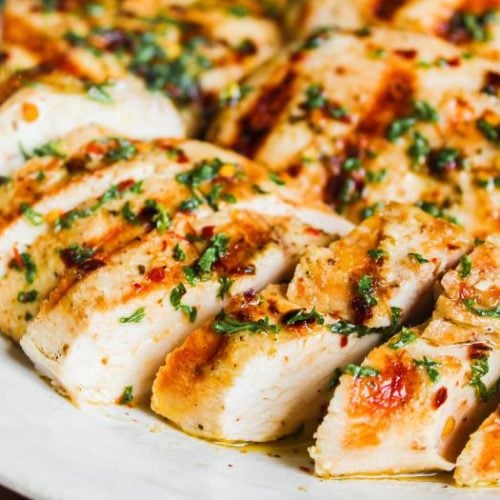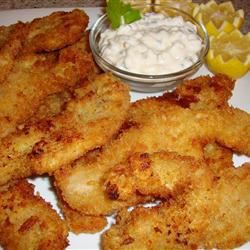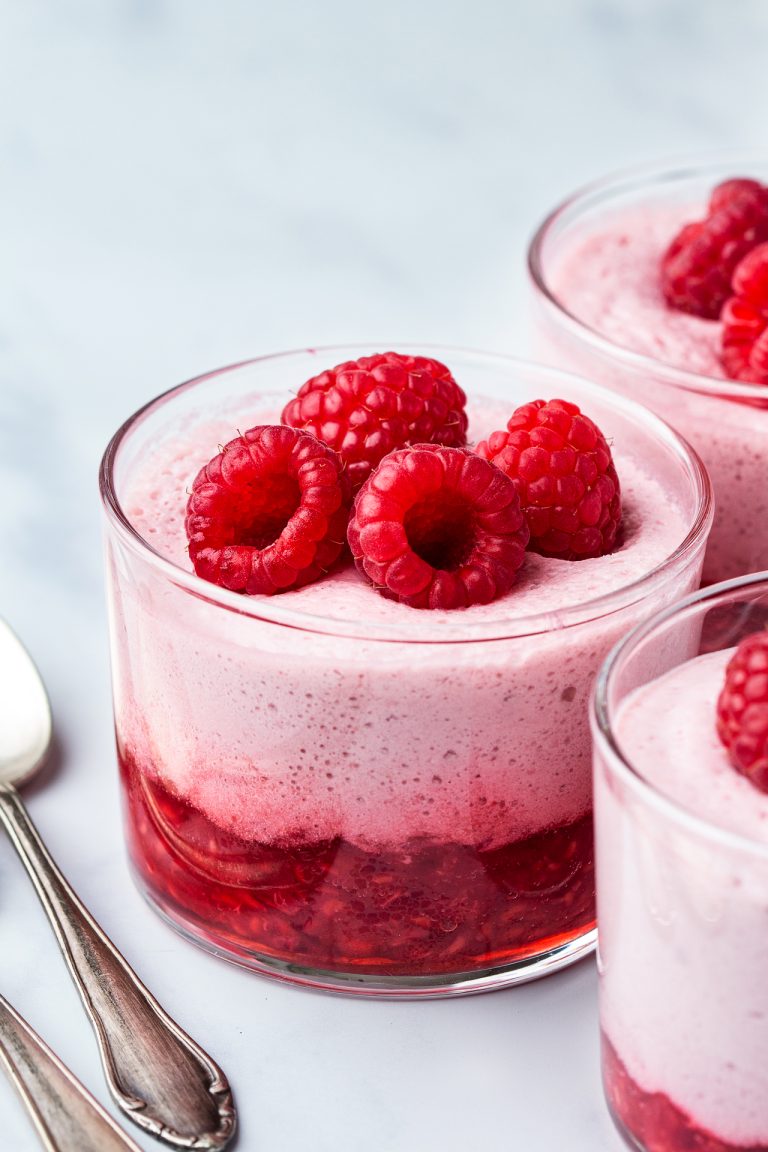Maja Blanca Coconut Pudding: Health Tips and Dietary Adaptations
Filipino cuisine, known for its rich flavors and diverse influences, reflects the country’s unique history. Traditional dishes often combine native ingredients with Spanish, Chinese, and American culinary techniques. Rice, coconut, and tropical fruits frequently appear in Filipino recipes, offering a balance of sweet, savory, and tangy tastes. Festive dishes like Lechon, Adobo, and Pansit highlight the celebratory nature of Filipino food culture.
The Historical Roots of Maja Blanca
Maja Blanca, a classic Filipino dessert, traces its origin back to the Spanish colonial period. Its name, derived from Spanish, means “white delicacy,” referring to its white color from coconut milk. Spanish influence is evident in its recipe, using coconut milk, sugar, and cornstarch for a simple yet delightful treat. Early variations included only basic ingredients, but contemporary versions often incorporate corn kernels and latik (toasted coconut curds) to enhance flavor and texture. By blending traditional elements with colonial influences, Maja Blanca exemplifies the adaptive nature of Filipino cuisine.
Key Ingredients and Substitutions
The Role of Coconut Milk
Coconut milk is the cornerstone of Maja Blanca, providing its signature creamy texture and rich flavor. Extracted from grated coconut meat, this ingredient lends a distinct tropical essence integral to the dessert. If coconut milk is unavailable, you can substitute it with coconut cream for a thicker consistency. Another alternative is using a combination of evaporated milk and coconut extract, though this may slightly alter the traditional taste.
Sweet Corn and Its Alternatives
Sweet corn is commonly added to Maja Blanca for extra texture and a hint of natural sweetness. You can use canned or fresh corn kernels. Canned corn is convenient and ready to use, whereas fresh corn needs to be boiled first. As an alternative, you can include creamed corn, which provides a different texture and moisture. For those looking for a twist, you can substitute sweet corn with similar-textured ingredients like canned peas or chickpeas, though these options will change the overall flavor.
Step-by-Step Cooking Guide
Essential Tips for Preparation
Start with High-Quality Coconut Milk
Use high-quality coconut milk for the best results. Opt for thick, full-fat versions to achieve a rich and creamy texture. Coconut cream can be a great alternative if you prefer a denser pudding.
Measure Ingredients Precisely
Ensure precise measurements for ingredients, especially cornstarch and sugar. Too little or too much of these can affect the texture and sweetness of your Maja Blanca.
Cook Over Medium Heat
Maintain medium heat while cooking to prevent the mixture from burning. Cooking too fast on high heat can cause lumps, leading to an uneven texture.
Stir Constantly
Keep stirring the mixture constantly until it thickens. This prevents lumps from forming and ensures a smooth, consistent pudding. Use a wooden spoon for better control and even stirring.
Grease the Pan
Grease your pan or mold lightly before pouring in the mixture. This makes it easier to remove the pudding once it sets, maintaining its shape and appearance.
Common Mistakes to Avoid
Using Low-Fat Coconut Milk
Avoid using low-fat coconut milk, as it won’t provide the desired creamy texture. Stick to full-fat varieties for authentic Maja Blanca.
Skipping the Stirring
Don’t skip continuous stirring. Failing to stir constantly causes lumps to form, resulting in an undesirable texture. Dedicate this time for a smoother finish.
Overcooking the Mixture
Prevent overcooking the mixture, which can lead to a firm and rubbery texture. Remove it from heat as soon as it reaches the desired consistency.
Not Allowing It to Set Properly
Let the pudding set completely before cutting and serving. Rushing this process results in a pudding that falls apart. Allow at least 2 hours for proper setting.
Serving and Presentation Ideas
Traditional vs Modern Plating
To present Maja Blanca traditionally, cut the pudding into neat squares and place them on banana leaves. Add latik (toasted coconut curds) as a garnish for an authentic touch. Modern plating can incorporate small individual servings in ramekins or silicon molds for a sleek look. Consider using a piping bag to add whipped cream or dust with cinnamon for added flavor.
Pairings with Other Desserts
Maja Blanca pairs well with a variety of Filipino desserts. Serve it alongside Leche Flan (creamy caramel custard) for a rich, decadent experience. Combining it with Halo-Halo (mixed shaved ice) adds a refreshing contrast. Pair it with Bibingka (rice cake) for a variety of textures and flavors, enhancing the overall dessert platter.
Health and Nutritional Information
Caloric Content Analysis
Maja Blanca provides a moderate caloric contribution. A standard serving of approximately 200 grams contains about 350 calories. Most calories come from the coconut milk and cornstarch used in the recipe. To reduce the calorie intake, consider substituting regular coconut milk with a lighter version. Sugar can also be reduced by using natural sweeteners, although this might alter the taste slightly.
Dietary Accommodations
For those with dietary restrictions, Maja Blanca can be adapted. It’s naturally gluten-free since it uses cornstarch instead of wheat-based flour. To make it vegan, ensure no dairy-based toppings, like cheese, are used. For individuals with nut allergies, use pure coconut milk and verify no cross-contamination in the preparation process. For diabetics, using a sugar alternative like stevia can help manage sugar intake without compromising on sweetness.
Conclusion
Maja Blanca isn’t just a delicious dessert; it’s a testament to Filipino culinary tradition. By using high-quality coconut milk and ensuring proper setting time, you can achieve the perfect texture and flavor. Whether you’re seeking a healthier version or need to accommodate dietary restrictions, there are plenty of ways to enjoy this classic pudding. With a few modifications, Maja Blanca can be a delightful treat for everyone at your table. So go ahead and experiment with this versatile dessert, and savor the rich, creamy goodness that has been cherished for generations.






